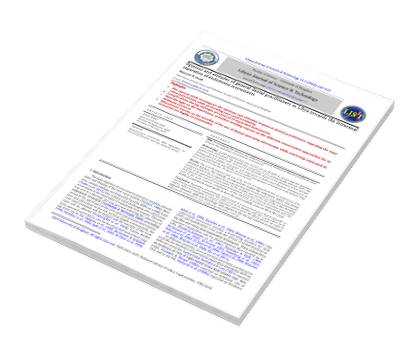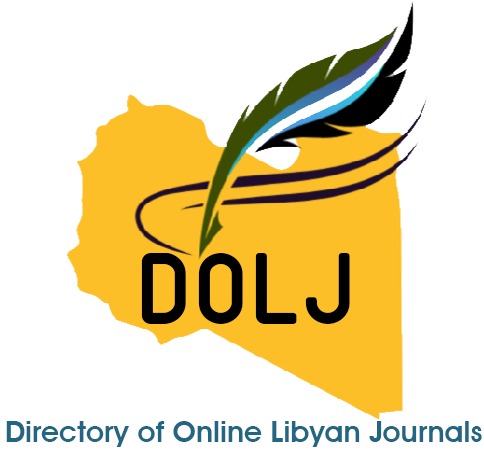Opinions and attitudes of general dental practitioners in Libya towards the intracanal separation of endodontic instruments
DOI:
https://doi.org/10.37376/ljst.v11i2.2422Abstract
Aim: To investigate the opinions and attitudes of general dental practitioners (GDPs) in Libya towards the separation of endodontic instruments.
Methodology: A pilot questionnaire was carried out on 20 GDPs to ensure that the questions were easily understood. The sample size comprised of 275 systematically selected GDPs, the questionnaire included both close-ended and partially closed-ended questions in four groups: demographics; a pattern of practice and experience of instrument fracture; management of fractured instruments and, finally, unsuccessful management of fractured instruments. Data were analyzed using the chi-square test at P≤ 0.05.
Results: The overall response rate was 97%. 90.2% of respondents had an experience of instrument fracture. The majority of respondents inspect the instrument before and during treatment. Only 4.9% of respondents reported that they would retrieve separated instruments located in the apical part of root canals. 43.6% of GDPs reported the use of the H-files Braiding technique for the removal of fractured instruments. Excessive removal of dentine was considered as the most common complication of the retrieval of fractured instruments (50.7%). 49.6% of respondents would prefer to leave the unsuccessfully removed file in the canal.
Conclusion: Separation of endodontic instruments is a procedural error that frequently occurs during endodontic treatment. The GDPs need to be familiar with the conservative techniques, which are available to retrieve separated instruments. All efforts should be made to upgrade clinicians’ skills and knowledge with regards to the use and retrieval of endodontic instruments via hands-on and continuing education courses.
Downloads










 LJST Copy rights form
LJST Copy rights form


